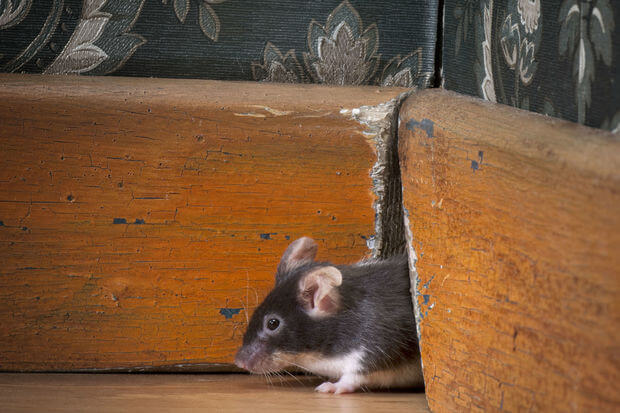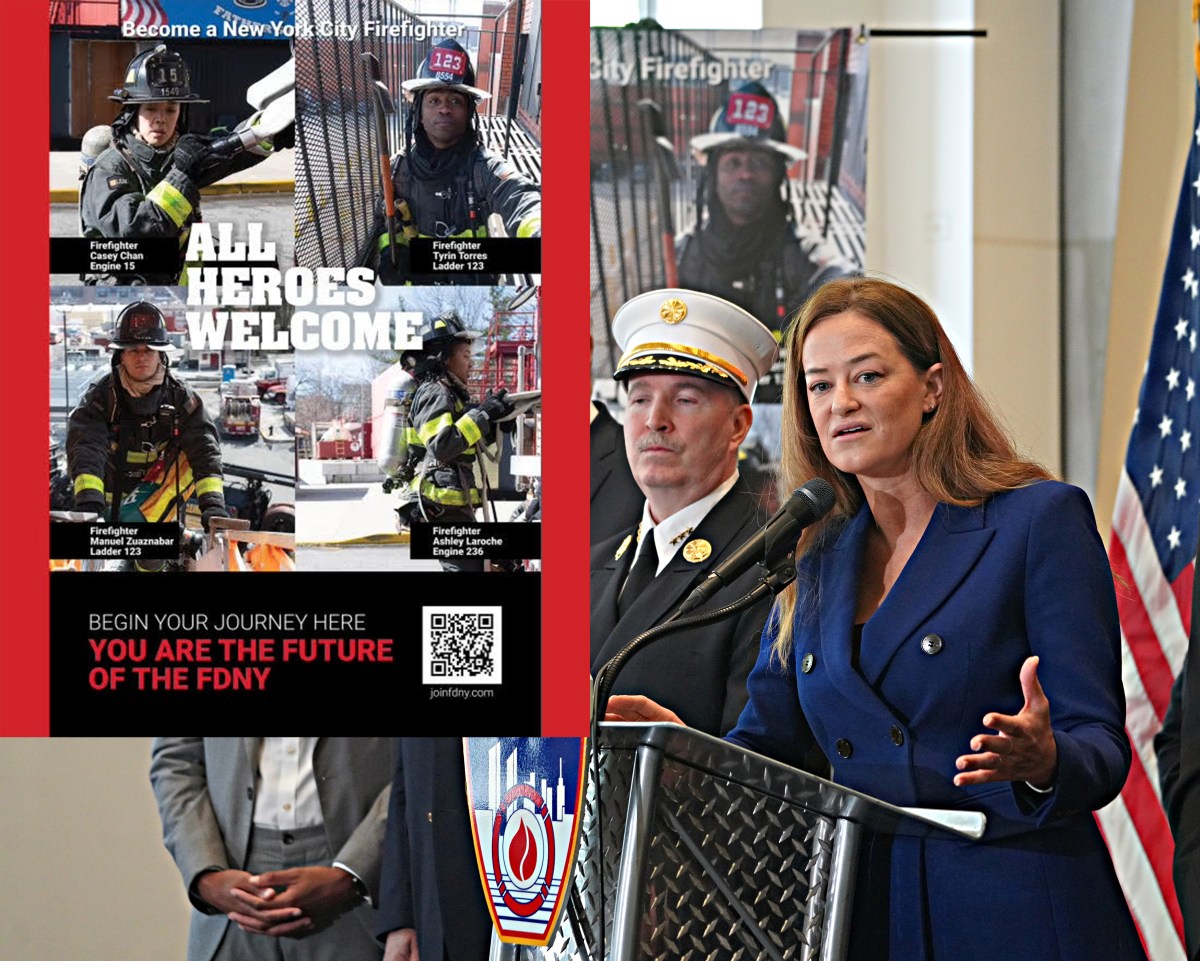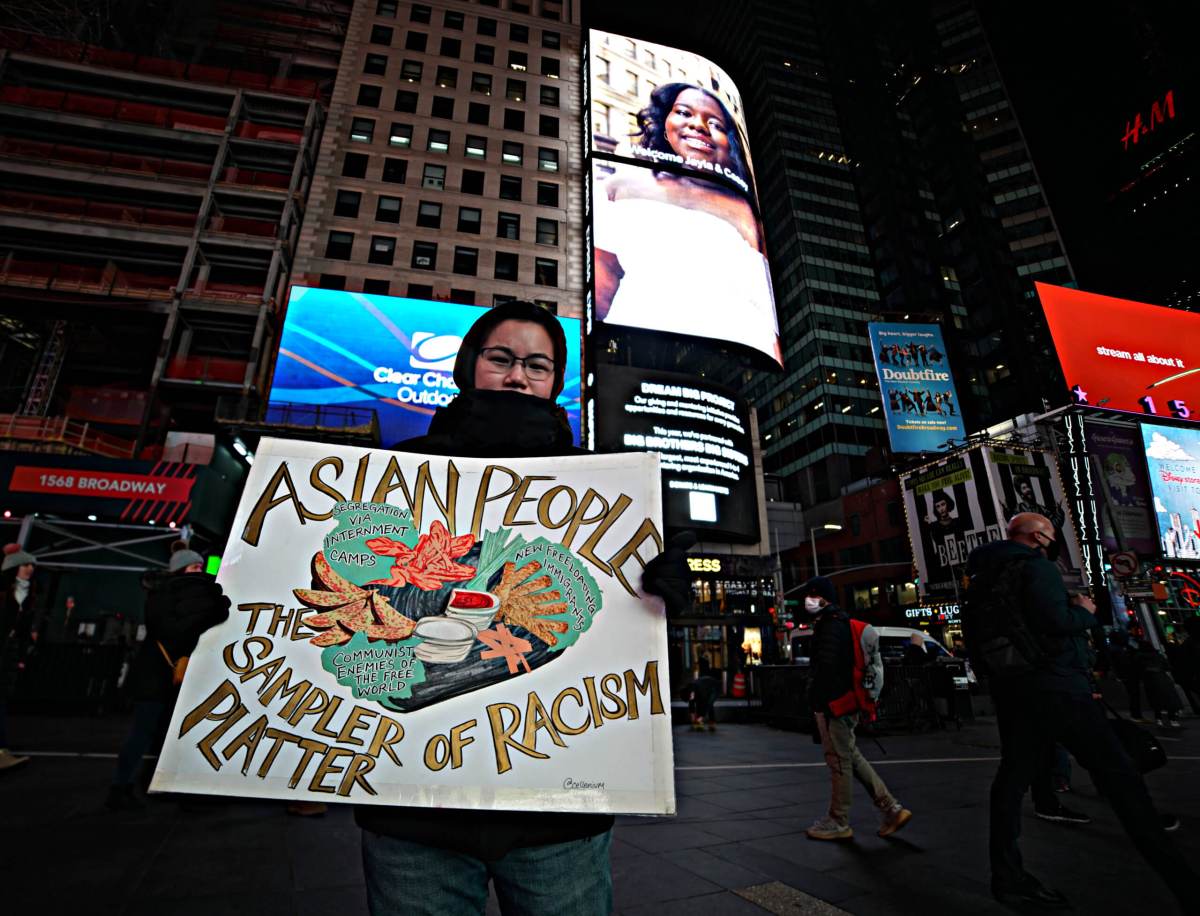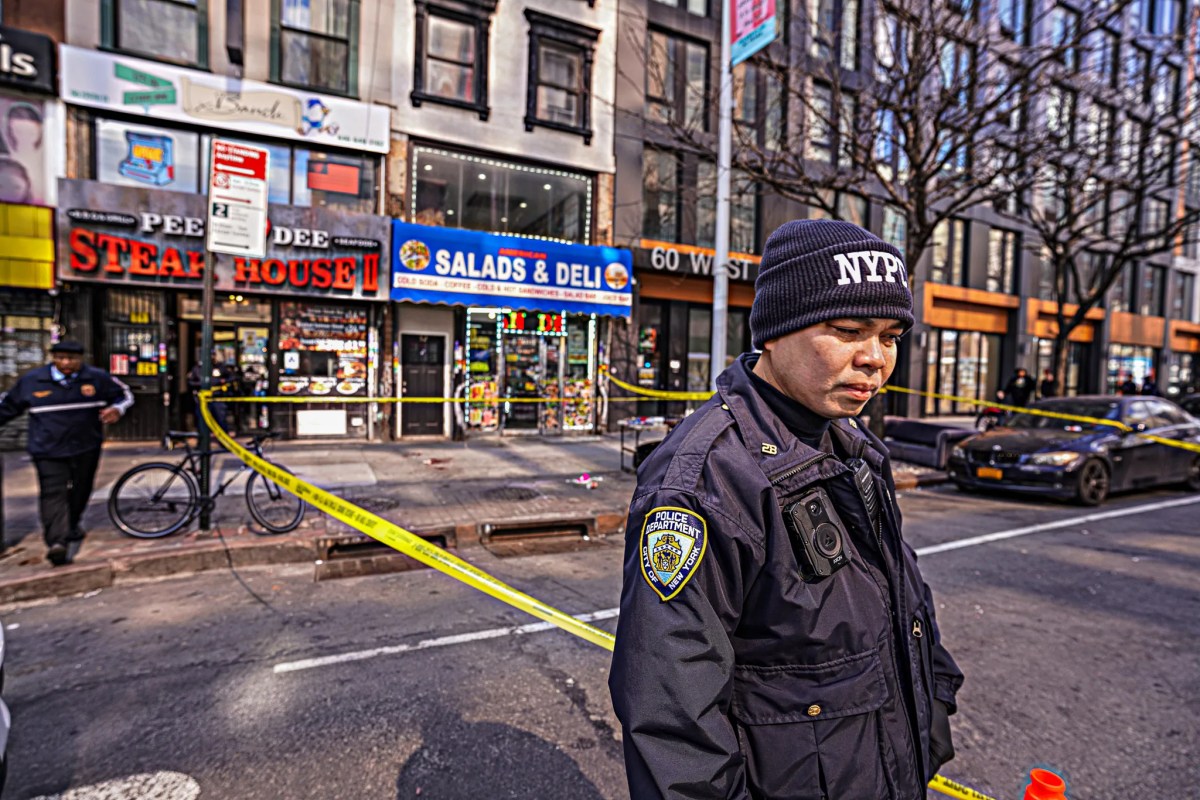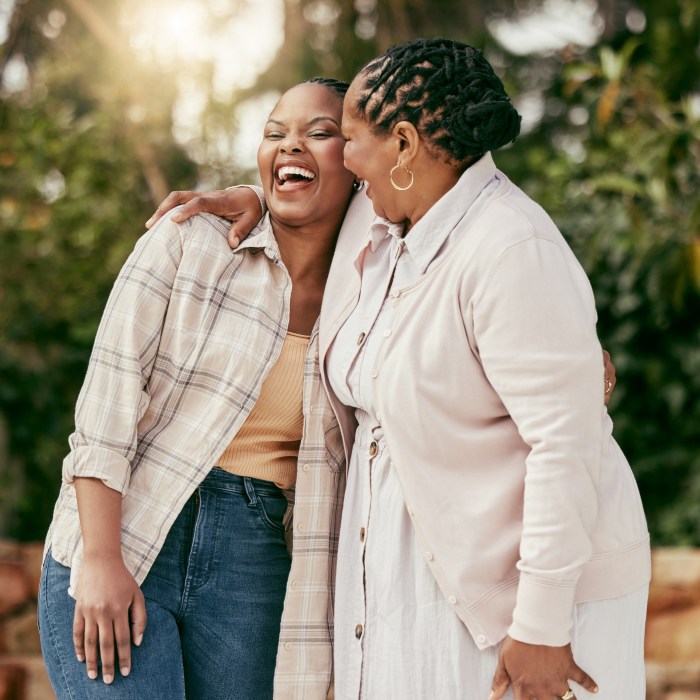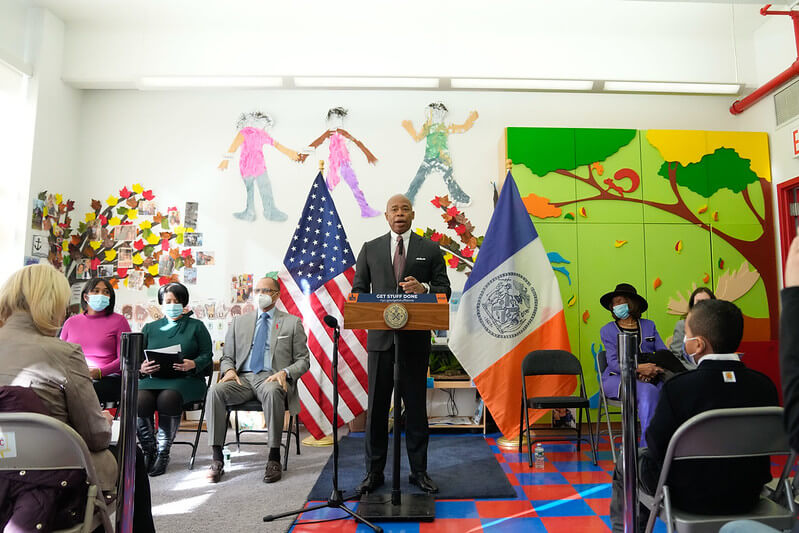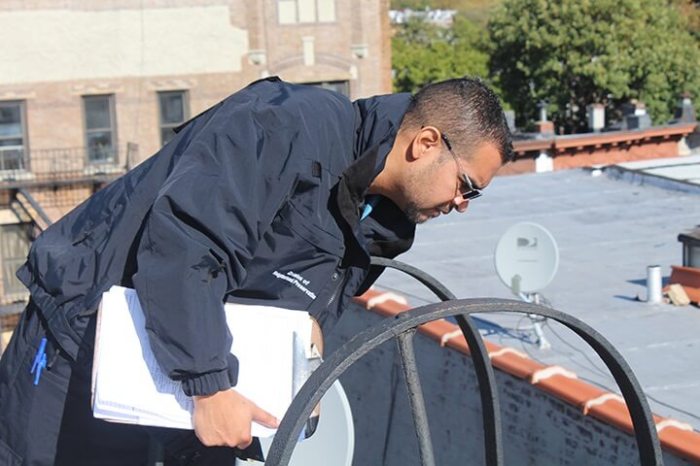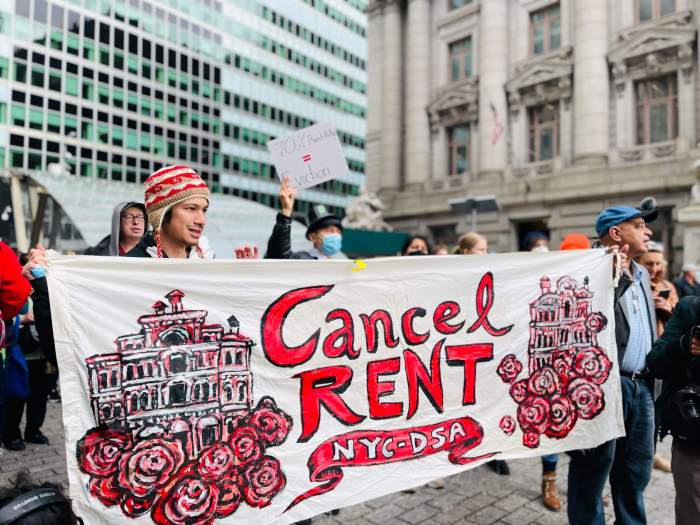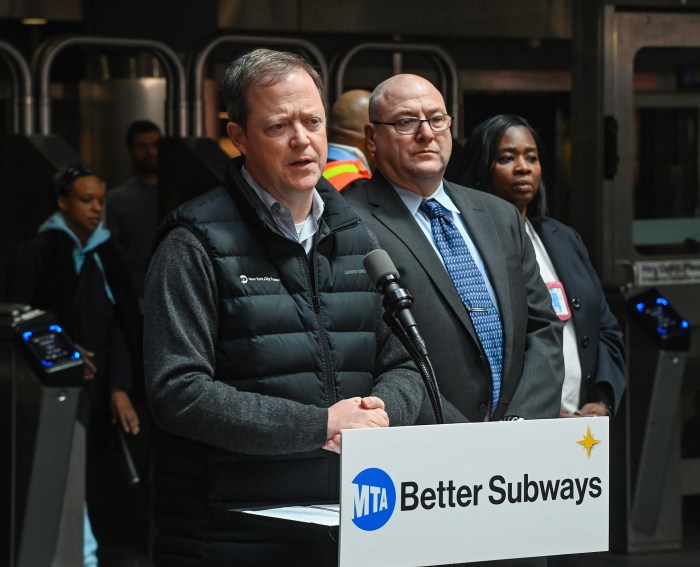Feeling rent-burdened and rat-burdened, Bronx renters aren’t too keen on their apartment buildings these days.
Patrice Hardy has lived in her South Bronx apartment for the past 3 years, and while it has provided her a sense of housing stability — an ever-decreasing luxury amid NYC’s housing and affordability crisis — she says she could never recommend her apartment to another renter (or her worst enemy) in the event she ever moves.
“I often ask myself what am I paying for? I don’t want to be in the streets but, I mean, is paying $1,100 a month for bedbugs, mice and rodents crawling in your kitchen and not hearing from landlords worth it?” said Hardy, who works as an office administrator in Inwood. “The Bronx is my home, but do I like living here? Not at all.”
Tenant satisfaction in New York City — based on responses from tens of thousands of city renters surveyed by NYC-based renter app openigloo — comes to about an average of 50% of renters recommending their buildings to a friend or another renter. In the Bronx, however, that approval rating drops to 30%, the lowest of the five boroughs.
Reasons for tenant dissatisfaction in the Bronx include poor garbage management and cleanliness of the buildings (9%), low landlord responsiveness (7.5%) and noise (5.5%). But the chief complaint is poor pest control which tops the list with 21% of openigloo reviewers mentioning mice, roaches and other bug infestations in their living spaces, and little to no follow-through from landlords.
“Roach and mice are everywhere and sometimes it’s hard to get into the building because the rats are in front of it,” one Woodstock renter opined to openigloo, while a Kingsbridge tenant described each apartment in her complex as having “a mice or roach infestation” and worse, an owner who “never used tenant rent to improve the quality of the building.”
According to the most recent city housing analysis, Bronx tenants were the most likely to have reported maintenance deficiencies, with 32% of occupied units reporting one or two problems and 27% reporting three or more problems, the highest rates in the city.
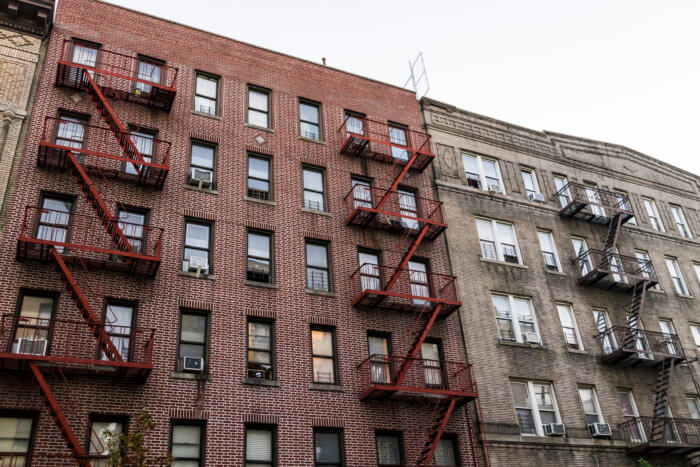
“Luckily people in the Bronx are not being forced to move because they’re getting priced out, but in our data and our feedback we’re seeing major issues with property maintenance and tenant satisfaction, and those are the two pieces of the equation that really need to get solved to make renting and living in the borough satisfactory for all renters,” said Allia Mohamed, openigloo’s co-founder and CEO.
Some frustrated Bronx tenants put the blame squarely on building management claiming they view their tenants as transactional values rather than people in their apartments.
“The owning corporation is 100% non-responsive to any repair requests, with the exception of one instance in 2020-2021 where the building’s gas supply was cut off,” said one West Bronx tenant. “The general consensus among the tenants is the corporation is hoping the current tenants get fed up and vacate so they can revamp the building into luxury apartments.”
The silver lining, if there is one for Bronx renters, is more “pricing stability,” said Mohamed, when it comes to renewals compared to their peer boroughs. Roughly 83% of market rate renewals in the Bronx in the past 6 months were for increases of less than 5%. Citywide, 52% of market-renewals were for less than 5%.
“So you’re seeing pricing stability around renewals in the borough but the issue with the Bronx is that tenant satisfaction is a lot lower,” said Mohamed.” I mean a 70% disapproval rating is very high and does have an impact on what it’s like to rent and live in the Bronx.”
And the Bronx is still severely rent-burdened compared to other boroughs, with 60% of Bronx households qualifying — according to Gov. Kathy Hochul late month — meaning residents are putting more than 30% of their income toward housing.
In the Bronx, most risk indicators were consistently high for the majority of community districts; these include rate of uninsurance, low area median income (AMI), percent of people who are rent-burdened, rate of tenant-initiated housing court cases, rate of immediately hazardous housing code violations, rate of unplanned NYCHA service outages and low refinance loan approval rates.
The city is also at a 30-year low in the availability of low-cost units — those under $1,500 — with only 1% available, according to the city Housing and Vacancy Survey. Housing analysts and experts believe the city will need to build 560,000 housing units by 2030 to keep up with its expected population and job growth.
Reach Robbie Sequeira at rsequeira@schnepsmedia.com or (718) 260-4599. For more coverage, follow us on Twitter, Facebook and Instagram @bronxtimes

